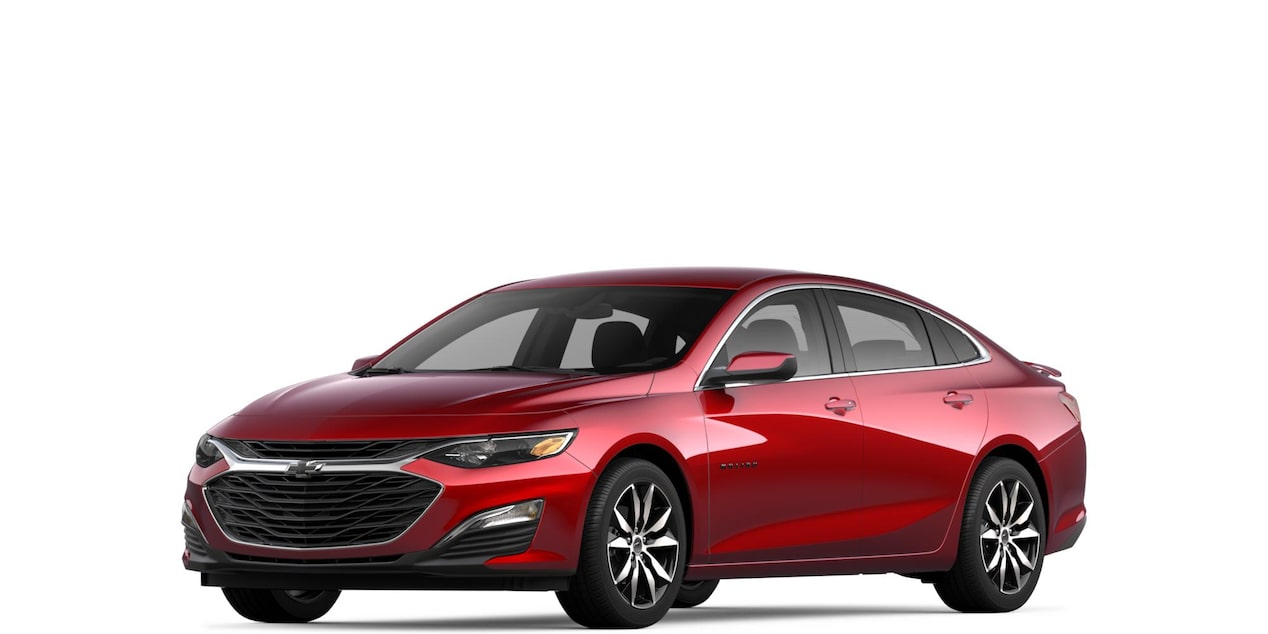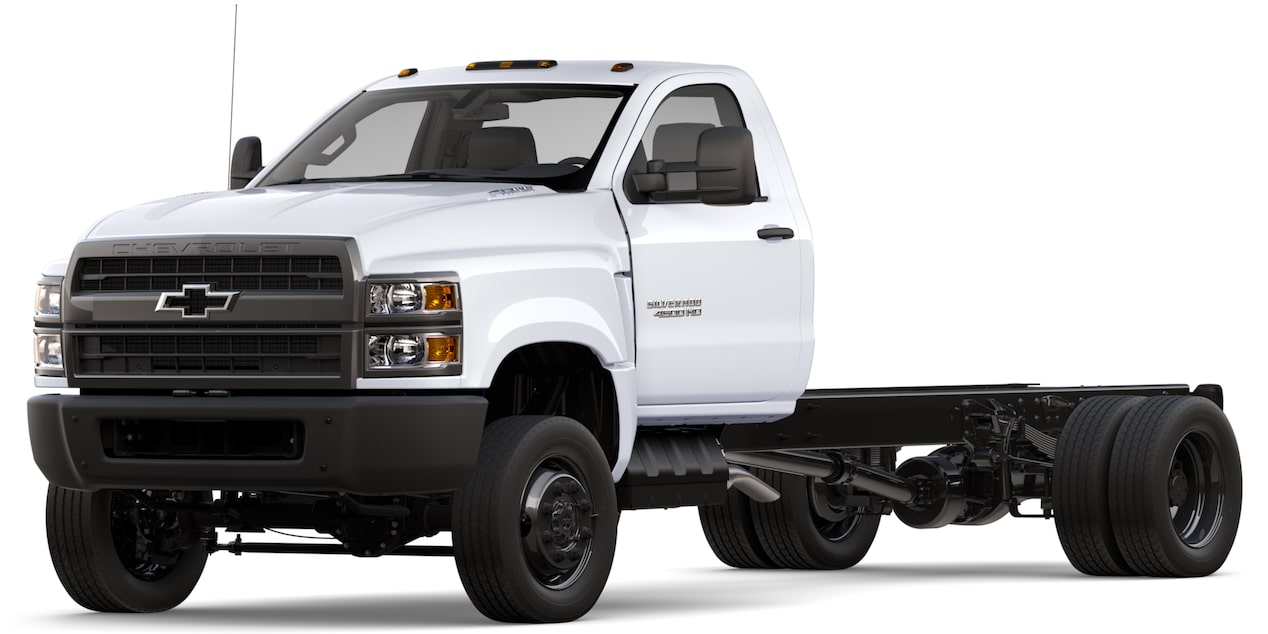PARTS FOR YOUR CHEVROLET
Your Chevrolet Certified Service technician is trained to know your vehicle inside and out, and can recommend the right genuine Original Equipment replacement parts. GM OE auto parts come straight from the source, so you can expect premium quality. With over a century of design and engineering experience, each part is designed, tested, and backed by the manufacturer.

Shop the GM Parts Store
Did you know you can now buy GM Genuine Parts or ACDelco parts straight from the source? The GM Parts Store is your one-stop shop for OEM parts online, designed for your vehicle and built to last. Buy the right parts for your vehicle from the comfort of home.

Current Service Offers
Discover great offers from the experts at Chevy Certified Service.
Chevrolet Parts and Labor Warranty
Your Chevrolet is a vehicle you can be proud to own, so make sure you have the correct warranty to keep it that way. Visit your local Chevrolet dealership to see what warranty suits your needs based on your vehicle and its parts, so your Chevrolet can continue on the road ahead. Read below to see information on each Parts and Labor Warranty.





































